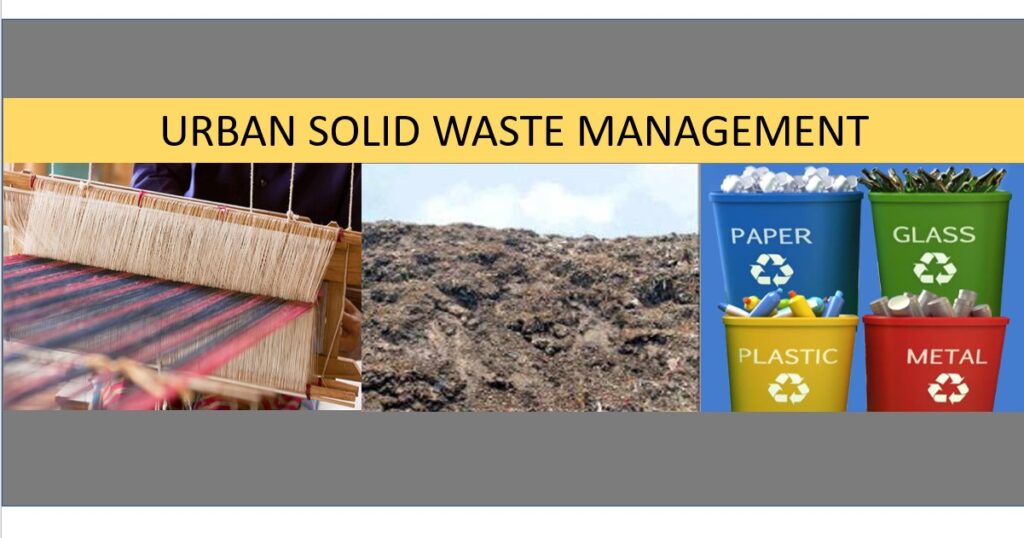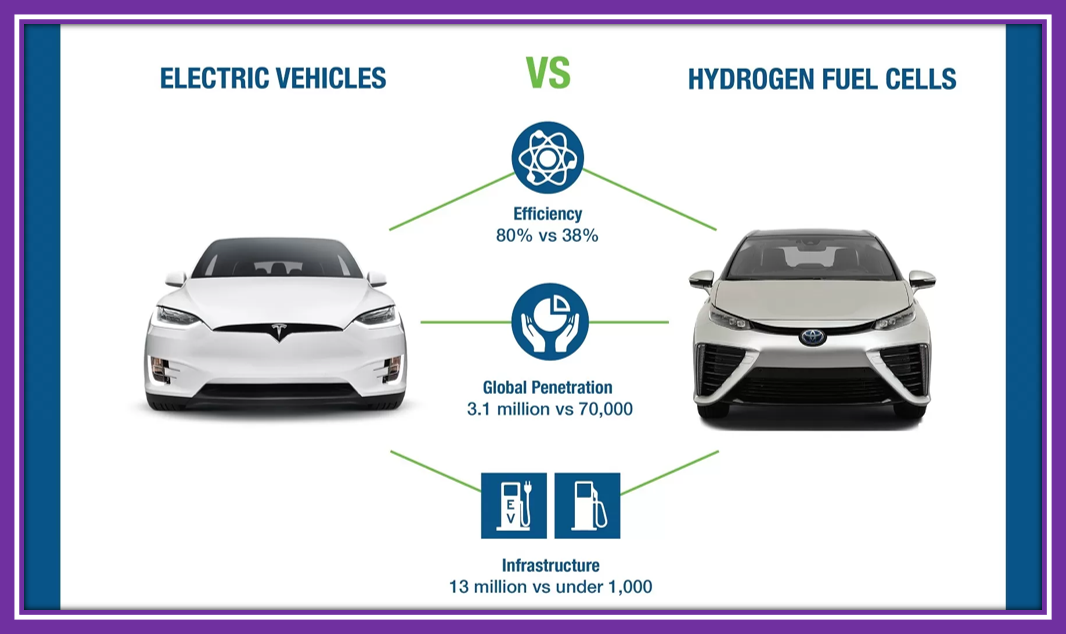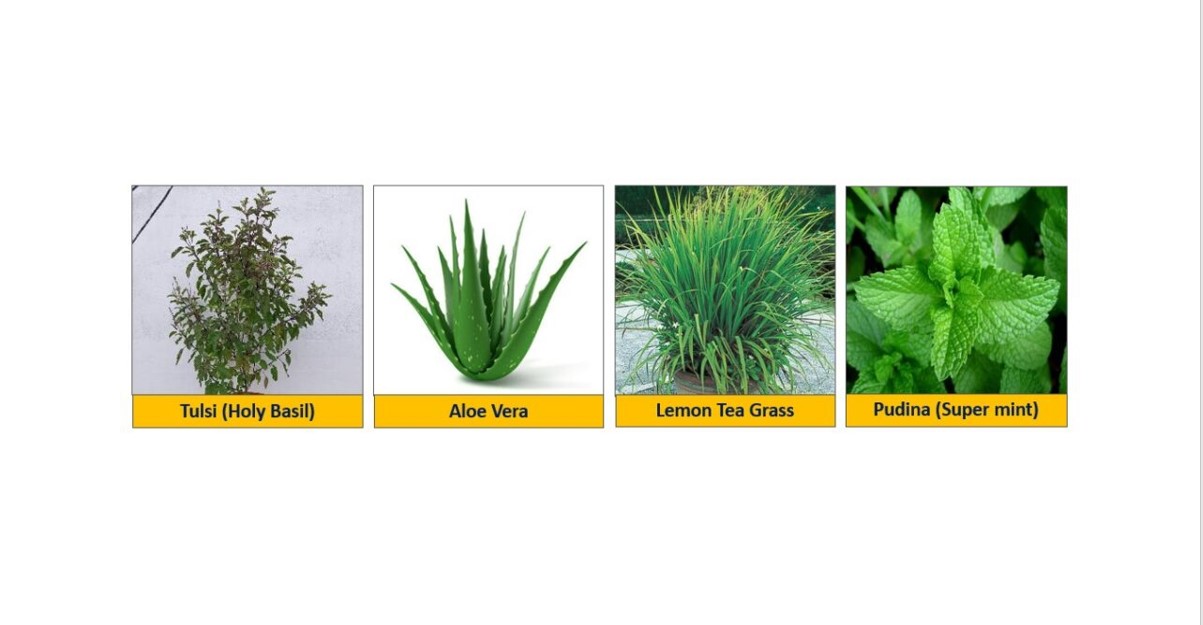
CONTEXT
Around the world, waste generation rates are rising. In 2020, the world was estimated to generate 2.24 billion tonnes of solid waste, amounting to a footprint of 0.79 kilograms per person per day. With rapid population growth and urbanization, annual waste generation is expected to increase by 73% from 2020 levels to 3.88 billion tonnes in 2050.
Compared to those in developed nations, residents in developing countries, especially the urban poor, are more severely impacted by unsustainably managed waste. In low-income countries, over 90% of waste is often disposed in unregulated dumps or openly burned. These practices create serious health, safety, and environmental consequences. Poorly managed waste serves as a breeding ground for disease vectors, contributes to global climate change through methane generation, and can even promote urban violence.
Managing waste properly is essential for building sustainable and livable cities, but it remains a challenge for many developing countries and cities. Effective waste management is expensive, often comprising 20%–50% of municipal budgets. Operating this essential municipal service requires integrated systems that are efficient, sustainable, and socially supported.
OBJECTIVES:
- To devise a system of storage of waste and segregation of recyclable waste at source.
- To improve system of primary collection of waste.
- To devise more efficient system of day-to-day cleaning, conventionally and mechanically.
- To devise system to eliminate practices of throwing garbage on the road causing nuisance & health threat.
- To modernize the system of community waste storage & synchronize the system of primary collection as well as transportation of waste.
- To eliminate manual handling of waste and open transportation vehicles.
- To improve the system of transportation of waste by ensuring “handling waste only once”.
- To construct four more semi close body transfer station to strengthen the existing primary collection-transportation and secondary transportation system.
- To reduce quantity of waste going to landfill site by adopting suitable technology.
- Land to be acquired for landfill disposal site.
- To derive income from the processing of waste.
- To ensure proper processing of MSW by means of Centralized and Decentralized Processing treatment units.
- To ensure safe disposal of waste including bio-medical waste, C & D Waste, E-Waste and other Special category waste
- To do institutional strengthening.
- To have public participation in order to have proper segregation and efficient collection system.
GOVERNMENT OF INDIA HAS RELEASED A GUIDELINE FOR SOLID WASTE MANAGEMENT (SWM) (https://mohua.gov.in). SOME OF THE MAJOR HIGHLIGHTS ARE AS BELOW:
Preparation of Detailed Project Report (DPRs) DPRs should be prepared as per the guidelines laid down in the Manual on Solid Waste Management published by this Ministry, which should include:
- Existing status of SWM in the towns including mechanism and infrastructure for collection, transportation, treatment & disposal. The details should include existing equipment/machinery and other infrastructure available with ULB (Urban Local Bodies) and its age. The mechanism & O/M of the equipment available, present establishment expenditure, technical and non-technical manpower available.
- Field study be carried out in commercial / institutional and residential areas to assess the quantity of garbage generated in the city before planning the system and report of the field study be included in the DPR.
- Complete physical characterization of waste, including moisture content, density and etc. as well as weight & volume of quantity of bio-degradable, non-biodegradable & recyclables available in the waste produced in the town every day and test report for quality of garbage from a standard test laboratory.
- Existing system of collection, storage, transportation, processing, treatment and disposal of waste and proposed system of collection, transportation and process of treatment & disposal, fully justifying the process adopted including in-house facility of maintenance and repair if available in ULB.
- Justification for equipment & machinery required, if any, for collection and transportation based on the time and motion study in order to ensure optimum utilization of the same.
- Detailed designs & drawing of proposed Solid Waste Management System including sanitary landfill / waste processing plants should be included in the DPR. Details of the survey and geo-hydrological investigation carried out for development of sanitary land fill.
- Mechanism of operation & maintenance of equipment & machinery and its upkeep, preventive maintenance on regular basis for existing and proposed equipment & machinery.
- Mechanism of operation and maintenance of sanitary land fill / waste processing plant on self-sustaining basis including details of engagement of private sector, if any.
- A routing plan for storage and collection of garbage, marked out on the city’s layout plan, to facilitate easy operations in SWM services.
- Proposed institutional and financial reform after completion of scheme.
- An action plan for effective O/M through imposition of user charges.
- Details of suitable land for setting up of integrated waste management facility in possession including land for sanitary landfill While preparing the detailed project report for any city / town
POSSIBLE WASTE MANAGEMENT OPTIONS
At least 50% to 55% of municipal solid waste is also a valuable resource which can be recovered profitably using different technologies through following options.
1. WEALTH FROM WASTE
The organic fraction of municipal solid waste contains bio-degradable matter ranging from 30% to 55% depending upon the size of the city, income levels of citizens, eating habits of the population and ongoing economic activity. This organic matter can be profitably converted into useful products like compost (organic manure), methane gas (used for cooking, heating, lighting, production of energy) etc. through the following processes:
(a) Waste to Compost
(i) Aerobic / Anaerobic Composting is a process of conversion of biodegradable waste into stable mass by aerobic / anaerobic decomposition producing Carbon-di-oxide, Nitrogen, Phosphorous, Potassium etc. useful for soil fertility.
(ii) Vermi-Composting Organic waste is stabilized through consumption by earthworms into worm castings which is known as vermi-compost and which is used as organic manure in agriculture.
(b) Waste to Energy
(i) Refuse Derived Fuel (RDF) / Palletisation involves segregation of incoming waste into high and low calorific value materials, shredding them separately to uniform size, reducing its moisture content, mixing them together and making into pellets / briquettes which are used for producing thermal energy.
(ii) Bio-methanation Segregated garbage undergoes anaerobic digestion producing methane gas and effluent sludge. Bio-gas production ranges from 50 M3 – 100 M3 / MT of wastes. The gas is utilized for heating applications / dual fuel engines / steam turbines for generation of power. Sludge after stabilization can be used as soil conditioner.
(iii) Incineration Process of direct burning of wastes in the presence of excess air at temperature of about 8000 C to 8700 C, liberating heat energy, inert gases and ash. The process is power intensive and used for bio-medical waste management.
(iv) Pyrolysis / Plasma Gasification The process of thermal decomposition of organic waste for energy recovery using plasma arc torch producing temperatures between 50000 C and 140000 C for heating of waste and converting into gaseous form. The process is cost-intensive and can be used for hazardous waste / bio-medical waste only.
2. SANITARY LANDFILLING
Municipal waste contains 40% to 55% of the inert matter depending upon the type of city and ongoing infrastructure development activity. This inert material cannot be converted into any useful product and needs to be managed in the scientific and hygienic manner in order to prevent pollution of underground water reservoirs or surface sources in the vicinity of the town. Therefore, the residuals / unutilized / inerts from the waste processing facilities like compost / waste-to-energy plants are put into the scientifically engineered landfills to prevent environmental pollution.
3. RCYCLING OF WASTE (Plastics, paper, glass, metal etc.)
The municipal solid waste contains 5 to 15% recyclable matter like plastics, glass, paper, metals etc. which can be easily recycled and reused by the community. The recyclables are collected by scrap sellers at household level and by informal sector from compost plants and dump yards and sent to recycling industries for conversion into useful products. However, segregation of waste at source is key to the success of all the options and technologies available within the country and abroad.
*** The data compiled after studying of various websites like Government of India – Ministry of Housing & urban, The World Bank, Surat Municipal Corporation etc.
_______________ XXXXX ______________
Note: Above views are purely written based on my own individual experience through various industries & based on that above points have been came out. Also gone through various books & Reference sites before conclude. Hence before implementing, pls. review & decide whether it suits/align to your requirements or not.








